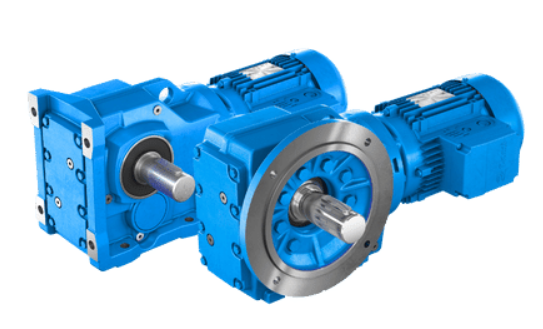Modular Design of Gear Reduction Motors
The modular design of gear reduction motors is crucial for optimizing efficiency and reducing costs in the manufacturing process. One of the key challenges is determining how to divide the modules, as fewer and highly universal modules can significantly lower production costs due to large-scale production batches. However, the design process must consider the product’s overall performance, functionality, cost, and other factors to reasonably define the types and number of modules.
1. Importance of Modular Design
Modular design reduces variability across different models, simplifying manufacturing and maintenance processes while lowering overall costs. For gear reduction motors, modules can be divided into four main categories: power modules, speed adjustment modules, connection modules, and additional modules. Each of these can be further broken down into submodules, such as shafts, bearings, gearboxes, seals, etc. By standardizing these components, the entire product line can benefit from higher compatibility and maintainability, while also allowing for the use of standardized parts, which streamlines large-scale production.
2. Gear Module Optimization
Optimizing the design of the gear module ensures that parts are interchangeable across different models, significantly reducing development costs. For instance, standardizing parameters such as the spiral angle, tooth width ratio, and module size ensures that gears can be shared across a product range. By aligning these parameters across the entire series, manufacturers can reduce component variety and improve efficiency in both production and maintenance. For example, in the case of the German Mannesmann Demag AF-series gear reducers, the center distances between stages of different models are standardized, ensuring gear module interchangeability.
3. Common Failures and Their Causes in Gear Reduction Motors
Understanding the common failures and their root causes is essential for designing more reliable products. Here are some typical issues and their causes:
- Overheating: This may result from overload or incorrect lubrication oil levels (either too much or too little).
- Abnormal or steady operating noise: This could indicate bearing damage or irregular gear meshing.
- Unstable operating noise: Caused by oil contamination or insufficient oil supply.
- Oil leakage through the breather: This can occur if the oil level is too high or if the breather is incorrectly installed.
- Oil leakage due to seal damage: This is a common cause of fluid loss and can affect the motor’s performance.
These potential issues should be addressed during the design phase to ensure product reliability and longevity.
4. International and Domestic Practices in Modular Design
Looking at international examples, such as the Mannesmann Demag gear reduction motors, we can see that optimizing the gear module design allows for interchangeable parts across various models in the product series. This leads to reduced production costs and simplified maintenance. In China, modular design is still in its early stages, but there have already been developments such as combination gearboxes, motor-reduction gearboxes, and motor-reduction gearboxes with braking functions. These efforts reflect the growing interest and application of modular design principles in domestic markets.
Conclusion
In conclusion, the modular design of gear reduction motors is not only beneficial for cost reduction but also plays a key role in improving production efficiency, product functionality, and reliability. The design process should carefully consider functionality, performance, cost, and maintainability to define the right modules, ensuring compatibility across the product line. By standardizing and optimizing key components, manufacturers can improve efficiency, reduce costs, and increase the overall reliability of their products.

